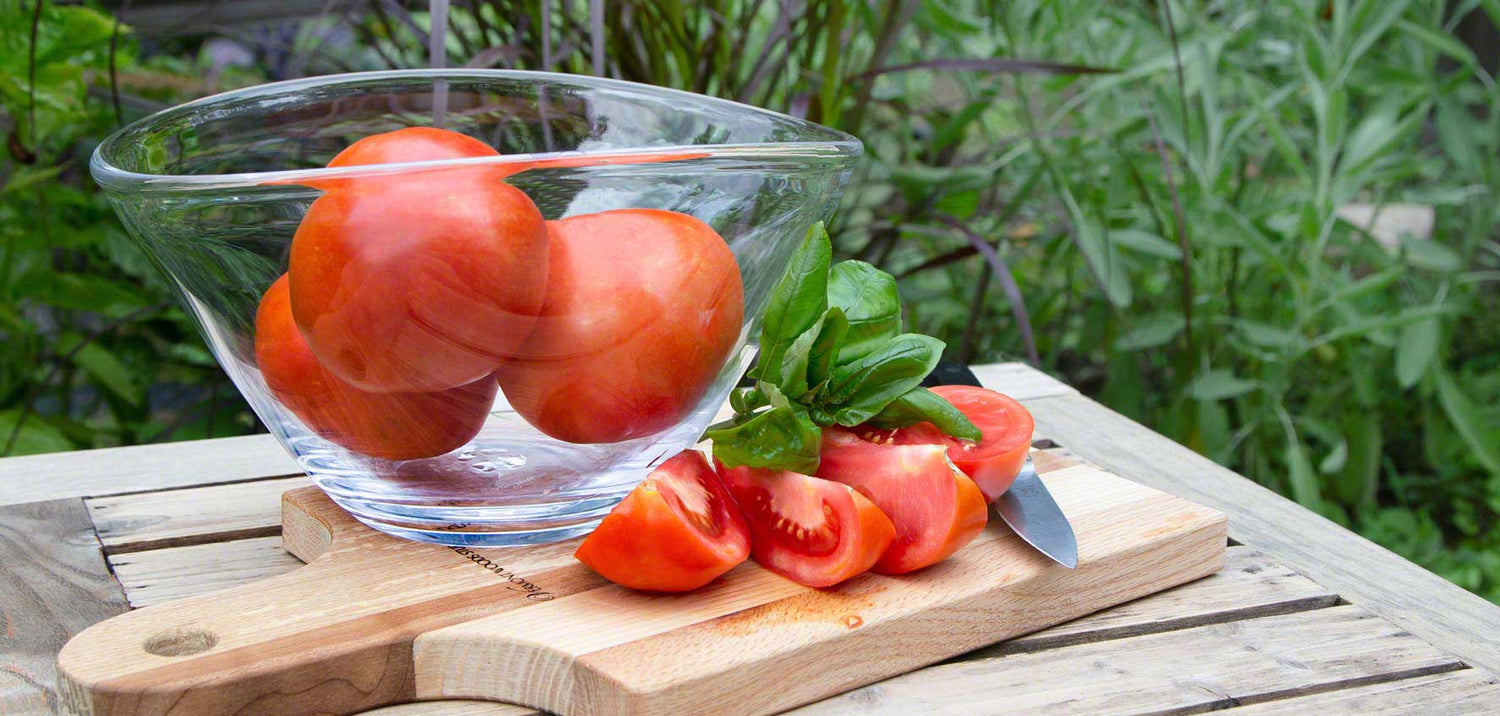A staple in the furniture industry for years, Danish Oil is a natural-looking, easy-to-apply finish known for its unique blend of protection and aesthetic appeal. But what exactly is Danish Oil, and why is it so revered in the world of furniture finishing? Let's dive in.
What is Danish Oil?

Although there’s no standard composition for Danish Oil, it’s typically a blend of oils and varnish. This combination penetrates wood to provide protection, while also enhancing its natural beauty. Unlike surface finishes like polyurethane, which form a protective coat on top of the wood, Danish Oil merges with the wood fibers, hardening inside the wood.
This results in a durable, water-resistant finish that's less prone to chipping or peeling when compared to surface finishes.
Composition
Danish Oil typically contains a mixture of Tung Oil or Linseed Oil, combined with varnish and, sometimes, other ingredients, like mineral spirits. This unique concoction allows it to be more durable than pure oil finishes while retaining the easy application and natural appearance that wood enthusiasts love.
Aesthetic Appeal
One of the most appealing aspects of Danish Oil is its ability to enhance wood's natural grain and color. When applied, it deepens the color of the wood and highlights its grain, giving wood pieces a rich, warm appearance. This makes it especially popular for use on items where showcasing the natural beauty of the wood is desired, such as on dining tables, chairs, and decorative pieces.
Pros & Cons of Danish Oil

Beyond its aesthetic appeal, Danish Oil offers several other benefits:
Pros
- Ease of Application: Danish oil can be easily applied with a brush or cloth, and it doesn't require the same level of precision as some varnishes.
- Durability: It creates a strong, protective layer that’s resistant to spills and stains, making it ideal for both indoor and outdoor furniture.
- Repairability: Unlike some finishes, Danish Oil can be easily repaired. Light scratches can be sanded and re-oiled without having to strip the entire piece.
Cons
- Not food safe (cutting boards, etc)
- No clear definition/consensus on composition
- Not good for premium hardwoods as it will darken the wood
Popular Danish Oil Finishes
- Tried & True Danish Oil
- Watco Danish Oil
Application Tips

To achieve the best results when using Danish Oil, keep the following tips in mind:
- Surface Preparation: Ensure the wood is clean, dry, and sanded smoothly.
- Application: Apply with a brush or cloth, working in the direction of the grain. Wipe off any excess oil after a few minutes.
- Curing Time: Allow sufficient time for the oil to cure, which can be up to a few days depending on the environment.
Danish Oil’s ability to enhance the natural beauty and longevity of wood, in addition to its easy application, makes it a favorite among furniture makers and restorers.
Alternatives to Danish Oil
- Linseed Oil
- Tung Oil
- Walnut Oil
Interested in learning about other wood finishes? Check out 5 of the best wood finishes for hardwood furniture. Or, take a look at our selection of oiled wood furniture.


